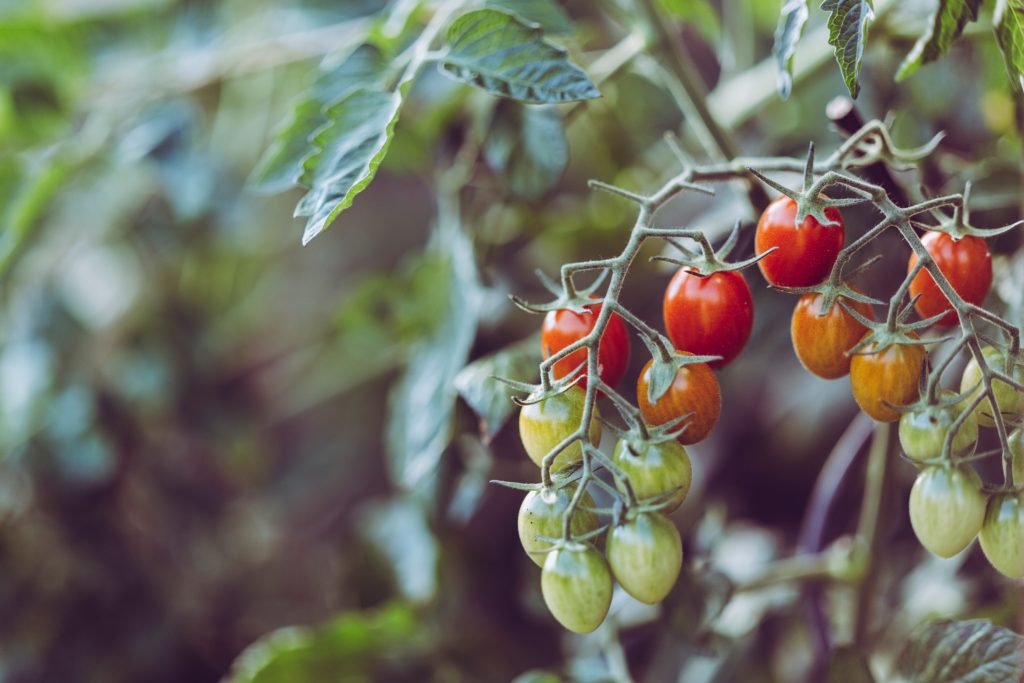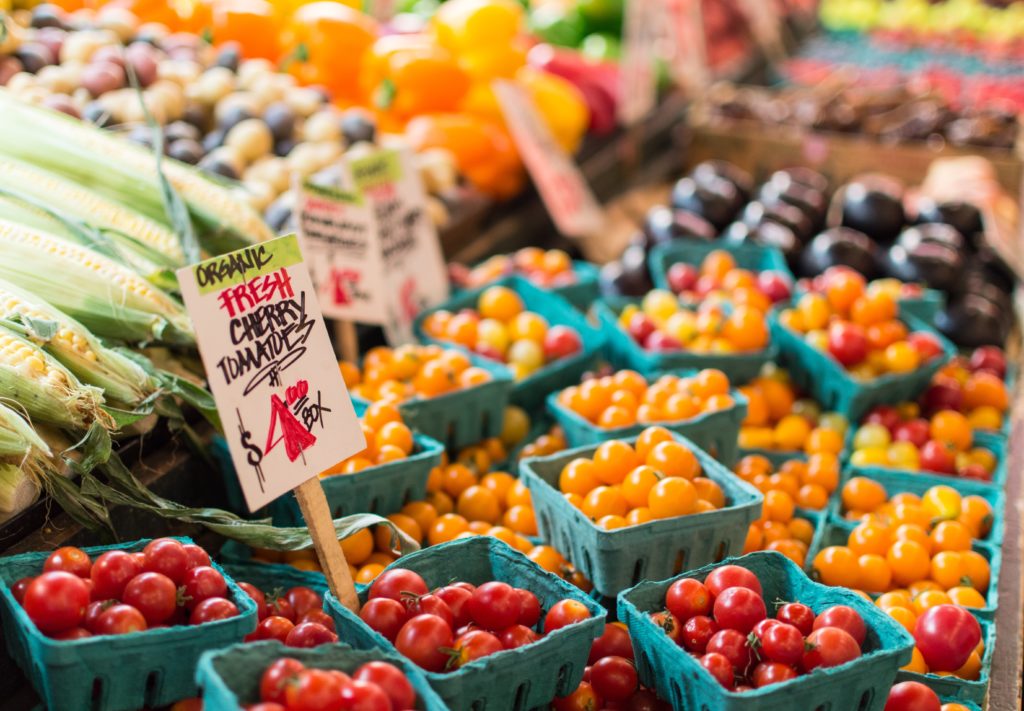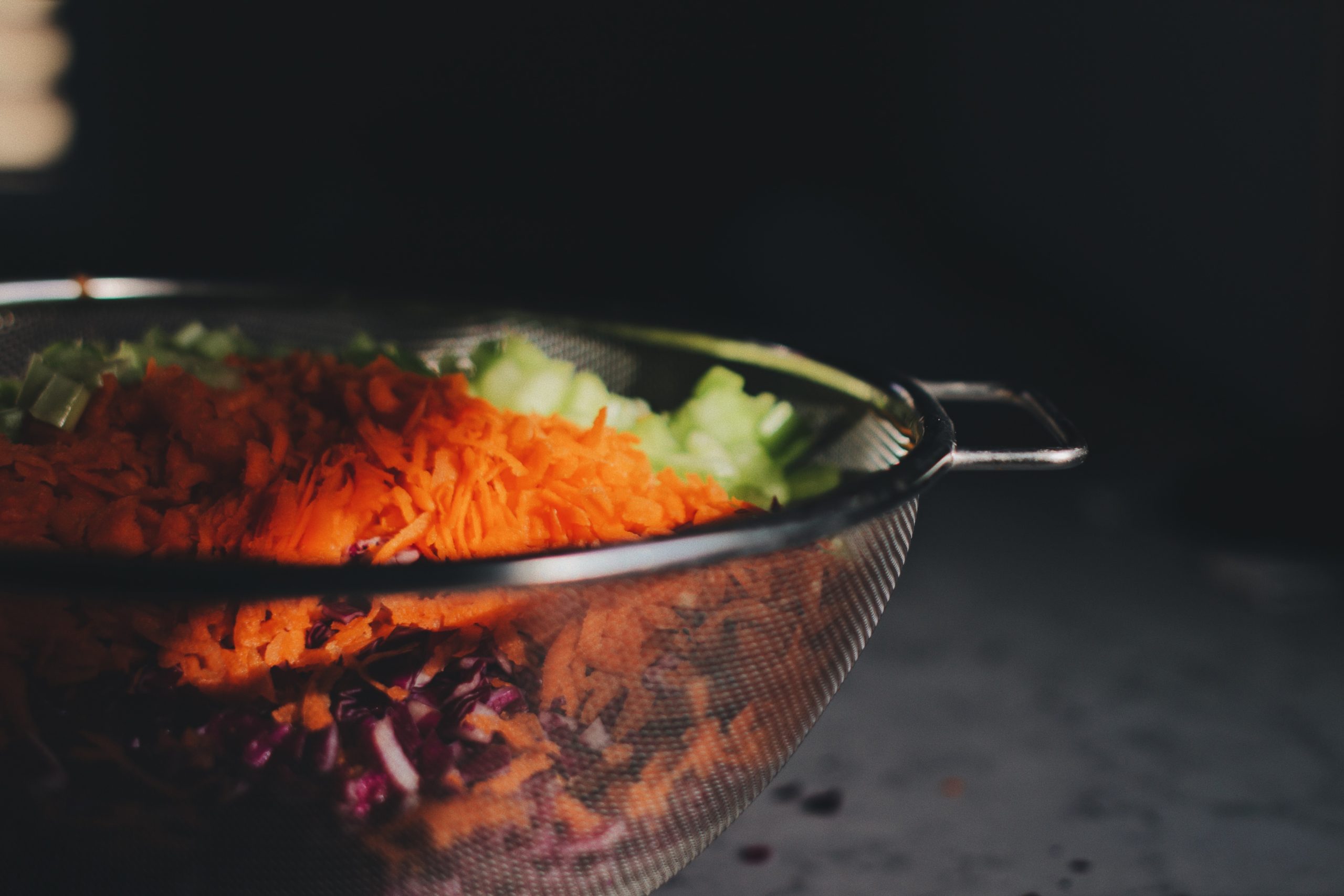By Erinn Sweet
Originally published August 16, 2020
Fermented foods have been around since ancient times and act as staple foods throughout many cultures and nations. The process of fermentation preserves fresh fruits, vegetables, and protein sources and provides a longer shelf life. Fermented foods are essential for those who rely on gardening or farming to feed their families, as they act as a major food source during times of the year when production is impossible because of the frozen ground. Many Cincinnatians are familiar with the Bavarian-associated topping, sauerkraut, consisting of two simple ingredients, cabbage and salt. When Germans migrated to the United States, they brought with them this classic German food. Likewise, Appalachians brought their favorite topping or condiment, too, when they migrated to various cities throughout the United State—chow chow.

My mother and grandmother kept telling me I needed to write about my Granny Rowland’s chow chow. “They used to put this stuff on everything.” I wasn’t sure if they were talking about a chocolatey dessert or dog food at first so, naturally, I inquired, “What’s that?” According to my grandmother, “you could put just about anything in it. Tomata, cabbage, onion, peppers, salt, vinegar—well, really you could put anything from your garden.” I may have had it in some form or another—but I had never knowing had chow chow. Unfortunately, they were unable to locate the recipe in my childhood home’s attic so I had to do the second-best thing and Google search an authentic recipe based off of what my mother and grandmother explained to me.
Pro tip: if you want to Google search chow chow, be sure to type in “chow chow dish” or else you will be met with images of an adorable dog breed.).
I finally stumbled upon a Southern Plate article and recipe by Joyce Bacon called “Granny’s Chow-Chow.” Here is the link to the full article if you want to delve deeper. Essentially, Joyce tells the story about her Alabama-born, Kentucky-wed, West Virginian-raised grandmother who was brought up tending to and eating from a garden. Bacon explains that at the end of the growing season, families would chop up an emulsion of left-over vegetables (typically the ones that lasted throughout the fall) and ferment the small bits into jars with salt, vinegar, and spices—not a scrap was wasted.
Like Joyce Bacon mentions in her article, there is no definitive recipe for chow chow; it is reliant upon one’s crop yield any given year and every family raised different vegetables. Much like other fermented foods, chow chow is made in crocks or some porcelain or glass bowl. “I remember Granny making sauerkraut and chow chow in this big crock,” my grandmother reminisced about her grandmother. Appalachia has a strong tie to agriculture. Many families have raised, and continue to raise, small gardens to feed their families and neighbors.

As for how to eat chow chow, there is truly no wrong way to eat it. Mix it up with soup beans or throw it on top of a sandwich or hot dog. This garden-fresh relish is a great way to incorporate local vegetables into everyday meals. Many towns and communities have convenient access to vegetables during the winter months and canning leftovers from the garden is largely a thing of the past. If you don’t have access to a garden, try picking up some seasonal and local vegetables at your nearest farmers market and try making Joyce Bacon’s “Granny’s Chow Chow” for yourself.
Ingredients
- 12 medium onions 4 cups
- 1 medium head of cabbage 4 cups
- 10 green tomatoes 4 cups
- 12 green bell peppers
- 6 sweet red bell peppers
- ½ cup coarse salt
- 6 cups granulated sugar
- 2 T mustard seed
- 1 T celery seed
- 1 ½ tsp. turmeric
- 4 cups white vinegar
- 2 cups water
Instructions
- Chop vegetables finely using food processor or grinder. Place chopped vegetables in porcelain or glass container; sprinkle with the salt; cover and let stand overnight.
- Place vegetables in large colander and rinse very well under cold running water. (divide into smaller batches if necessary)
- Drain thoroughly and place in large stockpot. Combine remaining ingredients and pour over chopped vegetables. Heat to boiling and then boil 4 minutes. Ladle into clean pint jars which have been sterilized in boiling water. Seal with sterilized lids according to manufacturers instructions. Process in boiling water bath for 10 minutes.
- Makes approx. 8 pints.
Erinn Sweet is the Communications Specialist for the Urban Appalachian Community Coalition.

